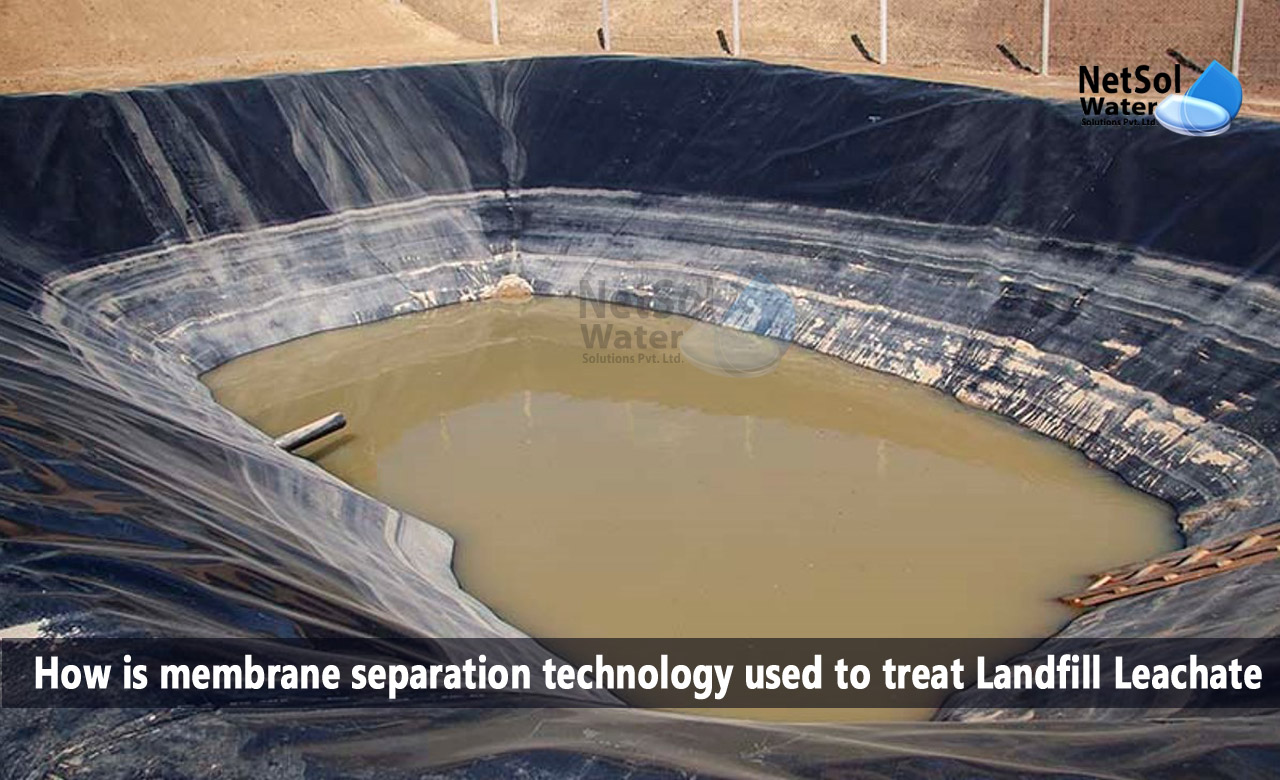Leachate from landfills is a sort of hazardous organic effluent that is highly polluted, and poses a major threat to the environment. Due to the complicated nature of landfill leachate, four distinct types of membranes have been utilized to treat it: microfiltration membranes (MF), ultrafiltration membranes (UF), nanofiltration membranes (NF), and reverse osmosis membranes (RO). Leachate is typically pre-treated using MF and UF technology, and is then advanced-treated using NF and RO technology.
How is membrane separation technology used to treat Landfill Leachate?
Now, let’s see how membrane separation technology is used to treat landfill leachate.
1: Microfiltration (MF)
Pressure difference serves as the driving force behind the membrane separation method known as microfiltration (MF). The reverse osmosis membrane uses the microfiltration membrane as a pretreatment step.
The microfiltration membrane efficiently improves the water quality and water production rate, of the complete membrane system while decreasing pollution on the reverse osmosis membrane. With high removal efficiency and ease of use, Netsol Water Solutions offers a variety of solutions, which are appropriate for pre-filtering landfill leachate.
2: Ultrafiltration (UF)
Pressure serves as the driving force in ultrafiltration (UF), a membrane separation between microfiltration and nanofiltration. A portion of the macromolecular components, colloids, and particles in the leachate can be successfully removed by ultrafiltration. Like microfiltration membranes, reverse osmosis or nanofiltration are frequently utilized as pretreatment techniques for leachate treatment.
In real-world applications, it is important to choose the appropriate ultrafiltration membranes and operating parameters, based on the kind of leachate to be treated and the intended use of the treatment, avoiding excessive energy use, substantial membrane pollution, and unstable filtrate.
3: Nanofiltration (NF)
Between reverse osmosis and ultrafiltration, there is a specific membrane separation technique called nanofiltration (NF). Colloids, organics, inorganics, bacteria, and other contaminants can be effectively eliminated in the leachate treatment process, thanks to the unique separation properties of nanofiltration membrane technology. In order to remediate leachate, nanofiltration is typically utilized as a cutting-edge treatment method.
4: Reverse Osmosis (RO)
Reverse osmosis (RO) is the process of a solvent permeating from a high concentration to a low concentration solution, which is the polar opposite of how a solution naturally permeates. The leachate's organics, metal salts, colloidal particles, and solid particles can all be effectively retained, by the reverse osmosis membrane.
The reverse osmosis membrane has a clearance rate of more than 90% for diverse contaminants in the leachate, according to numerous experimental and large-scale studies.
Conclusion
Conventional physical, chemical, and biological methods find it challenging to treat landfill leachate due to its complex composition, difficult degradation, and significant changes in water quality.
In contrast, membrane separation technology has the advantages of simple equipment, convenient operation, high efficiency, and energy savings in the treatment of leachate, which has led to significant economic and environmental benefits.
Pick India's top RO plant suppliers!
Our goal at Netsol Water is to help commercial and industrial businesses with their water treatment needs, by offering high-performing water and wastewater treatment solutions. Our clients will experience decreased running costs and an extended equipment lifespan, thanks to the excellent service and water treatment options we offer.
Installation, manufacturer's warranty, and 24-hour customer assistance are all included with every purchase of these systems. For further information, call us at +91 9650608473 or send an email to enquiry@netsolwater.com



